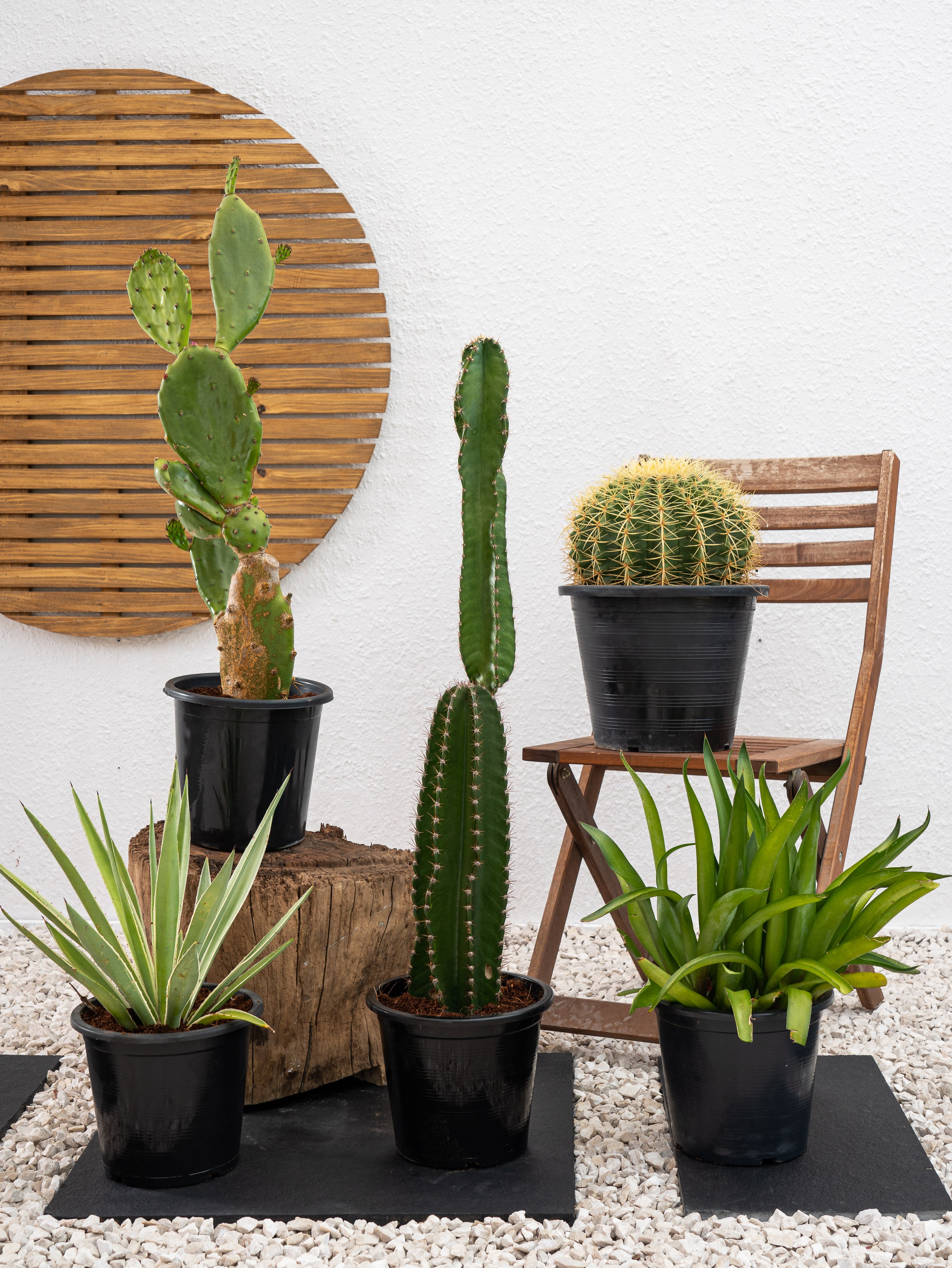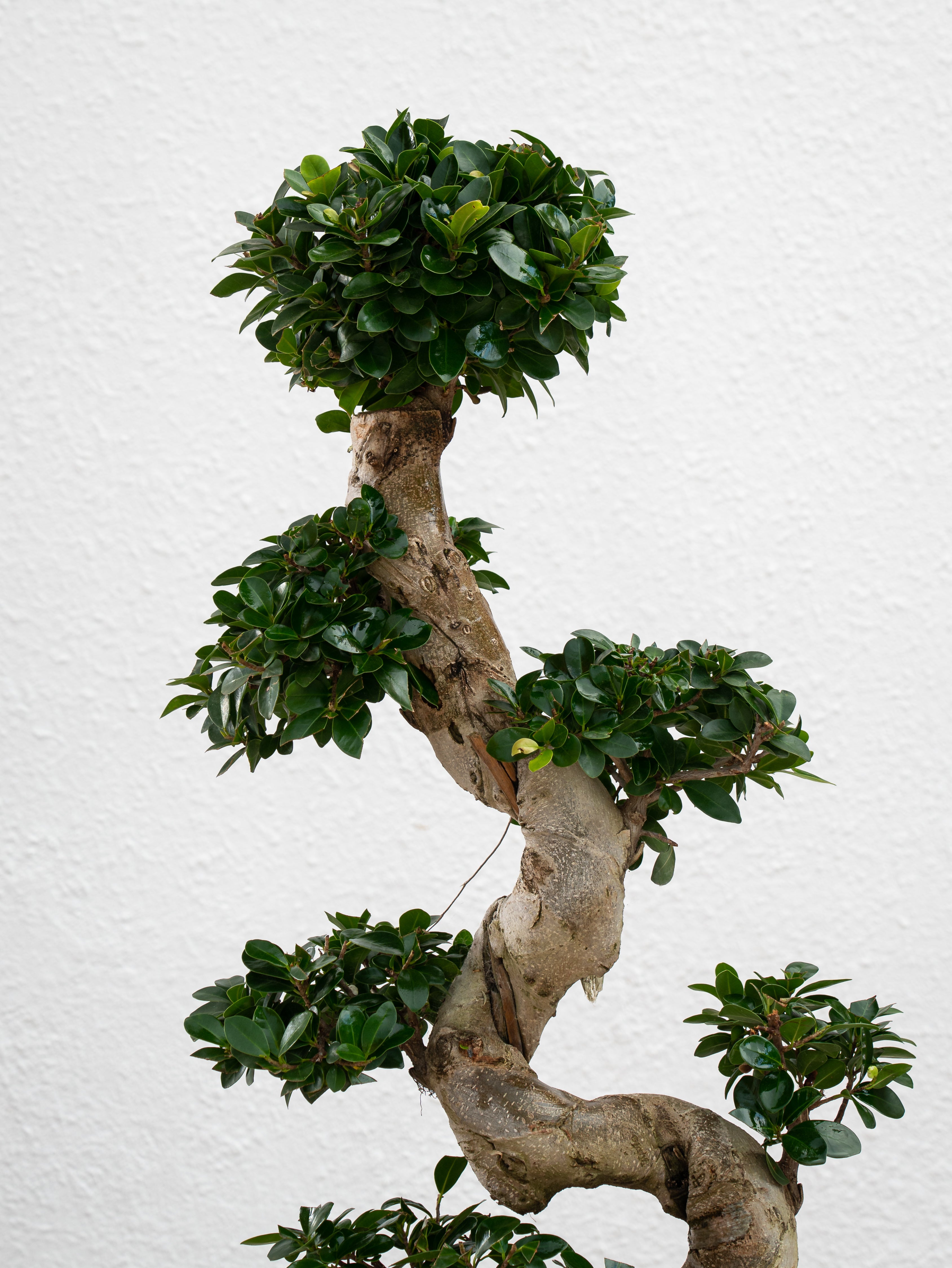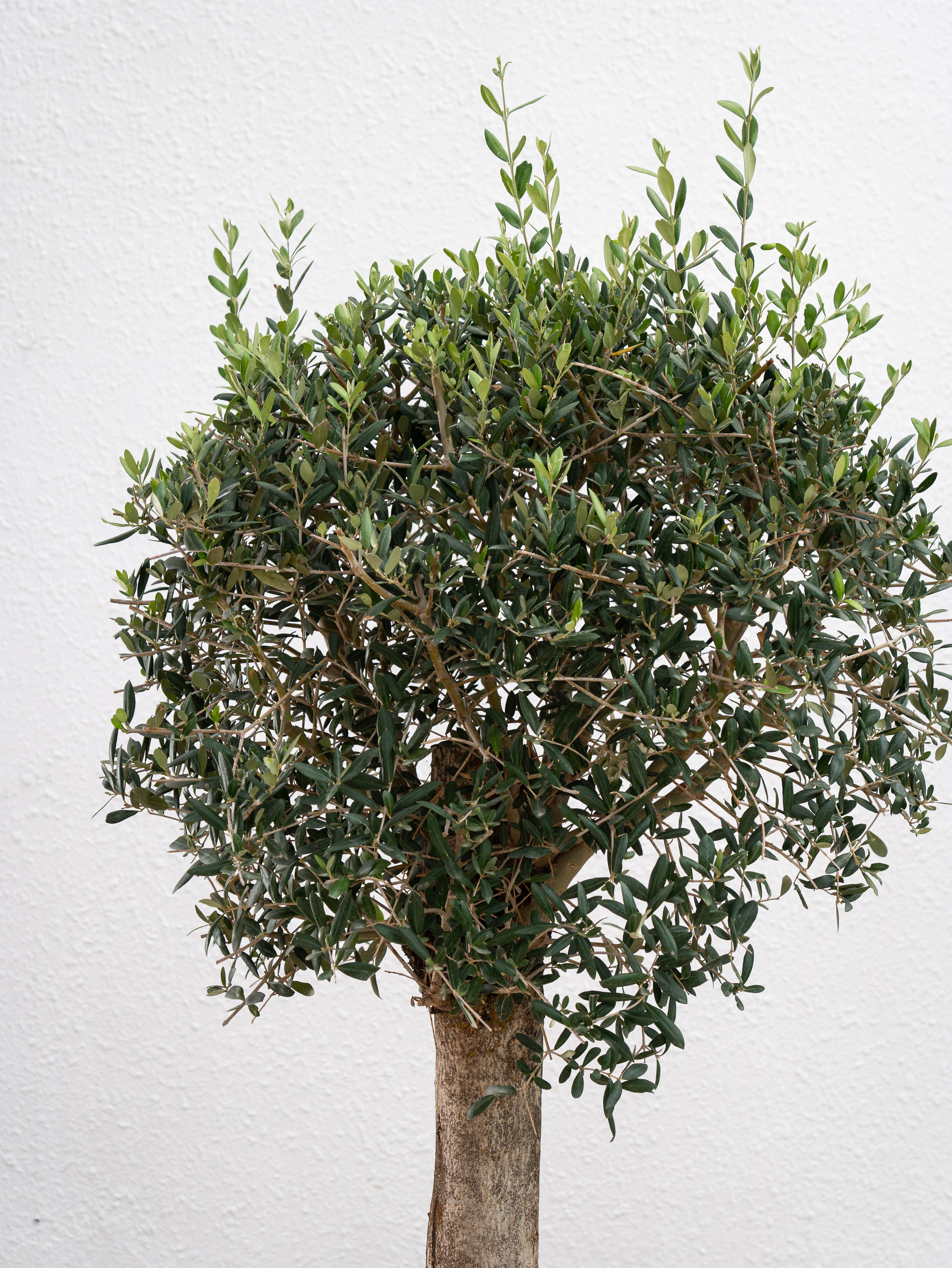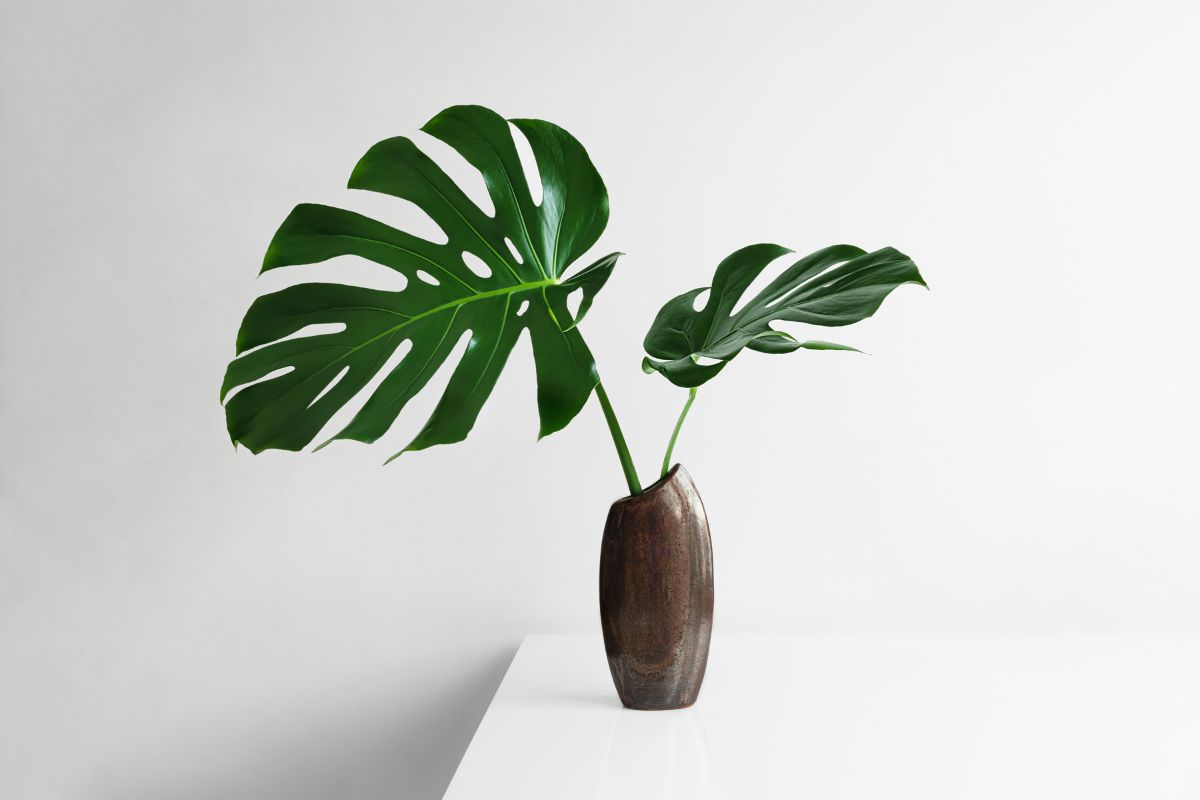The ZZ Plant (Zamioculcas zamiifolia) has long been admired for its glossy leaves, drought tolerance, and uncanny ability to thrive on neglect. But for all its reputation as a low-maintenance houseplant, there’s one mystery most plant owners share: How fast does a ZZ plant actually grow?
That’s where time-lapse cameras come in. Over a single month, a time-lapse setup can uncover hidden growth rhythms, micro-movements, and fascinating biological processes that happen too slowly for the naked eye to perceive. Beyond just curiosity, these observations can teach us a lot about light preferences, watering patterns, and plant resilience.
Let’s explore what a month of time-lapse footage can reveal about the secret life and rhythm of the ZZ plant — and how you can use this tool to better understand your own.

1. The Slow but Steady Growth Pattern of ZZ Plants
ZZ plants belong to the Araceae family and grow from thick rhizomes — underground stems that store water and nutrients. These rhizomes make the ZZ plant a slow grower compared to tropical houseplants like pothos or philodendrons.
Through time-lapse observation over 30 days, you’ll notice a fascinating pattern:
- New shoots emerge almost silently, typically from beneath the soil line.
- Once a shoot appears, it can grow 1–3 centimeters per day, depending on conditions.
- After reaching full height, the leaflets slowly unfurl over the following weeks.
This cycle can appear almost motionless in real time, but time-lapse cameras reveal a dynamic daily rhythm — especially in response to light and humidity changes.
2. Circadian Rhythms: ZZ Plants Move More Than You Think
One of the most fascinating discoveries from long-term time-lapse videos is that ZZ plants, like many others, follow a circadian rhythm — an internal clock that aligns their activity with day and night cycles.
When you compress 24 hours into a few seconds, you’ll notice the leaves gently shift positions throughout the day.
- During daylight hours, leaflets slightly angle upward, capturing the most light possible.
- At night, they relax downward to conserve moisture and energy.
This subtle movement, invisible to the naked eye, is part of what botanists call nyctinasty — daily leaf movement driven by changes in water pressure within plant cells.
It’s a quiet reminder that even the “stillest” plants are active participants in their environment.
3. How Light Influences Growth Direction
Time-lapse recordings also reveal the ZZ plant’s phototropic behavior — its tendency to grow toward light sources.
If your plant sits near a window, you’ll see shoots gradually leaning toward the brightest area, even when growth seems imperceptible day to day. Over a month, this can become dramatic, often requiring rotation to prevent lopsided growth.
What’s more, shoots exposed to consistent indirect sunlight develop more saturated green leaves and thicker stems. In contrast, those in low light grow paler and more elongated — a phenomenon called etiolation.
By reviewing your footage weekly, you can adjust placement and ensure your ZZ plant receives optimal, balanced light.
4. Watering Impact: Visualizing Moisture Response
Overwatering is one of the few real dangers for ZZ plants, as excess moisture suffocates the rhizomes and causes rot. Time-lapse footage can visibly demonstrate how watering habits influence posture and leaf color.
- After watering, you’ll often notice a subtle perk-up over the next 24–48 hours as turgor pressure increases inside leaf cells.
- However, prolonged dampness can lead to yellowing, drooping, or leaf curl — changes that unfold slowly but steadily over days.
By reviewing several weeks of footage side-by-side, you can fine-tune your watering routine, ensuring you never water before the soil dries out completely.
5. Root-to-Shoot Coordination: Energy Efficiency in Action
The ZZ plant’s growth rhythm is energy-efficient by design. It invests heavily in rhizome health before leaf expansion.
In time-lapse sequences, this becomes clear: after new shoots emerge, there’s often a pause before visible above-ground growth resumes. This lag time corresponds to underground rhizome development — unseen but critical.
This pattern proves that ZZ plants prioritize internal stability and root strength before investing in new foliage. It’s one reason they thrive under inconsistent care: they prepare before they expand.
6. Environmental Sensitivity: How Climate Affects Growth Speed
A month-long observation also shows how temperature and humidity fluctuations influence the ZZ plant’s rhythm.
- In warm, humid conditions (22–28°C), the plant’s new shoots appear more quickly and expand faster.
- In air-conditioned or dry environments, leaf development slows down, and movement becomes minimal.
Time-lapse cameras can even capture the effects of artificial heating — showing how dry air causes slight daily leaf droop that reverses after misting or humidifier use.
For those growing ZZ plants in climate-controlled apartments, this insight is gold: the footage helps pinpoint your plant’s preferred comfort zone.
7. Growth Plateaus and Dormant Phases
Perhaps the most interesting discovery from 30-day observation is that ZZ plants don’t grow continuously. They experience growth spurts followed by dormancy, even under consistent conditions.
During dormancy, no visible progress occurs, but the plant continues to strengthen rhizomes and roots below the surface. A time-lapse shows how patience pays off: after 1–2 weeks of stillness, new shoots reemerge, signaling internal readiness.
Recognizing these natural pauses prevents unnecessary interventions — like repotting or overfeeding — that can stress the plant.
8. Setting Up Your Own Time-Lapse Study
If you want to replicate this experiment, it’s easy to do at home.
Equipment Needed
- A smartphone or camera capable of interval shooting (1 photo every 10–20 minutes).
- A tripod or fixed mount to maintain the same angle.
- A steady light source (preferably natural daylight near a window).
- Optional: a smart plug timer for consistent lighting during winter.
Compile your photos into a video using free software like Canva, Filmora, or DaVinci Resolve. Watching a month of growth condensed into a few seconds is mesmerizing — and incredibly educational.
9. What One Month Reveals About Plant “Personality”
Every ZZ plant grows differently. Through your footage, you may notice certain quirks:
- Some shoots grow upright and symmetrical; others lean unpredictably.
- Leaflet angles change with humidity fluctuations.
- Growth rates vary between clones, even in identical environments.
These differences reflect genetic individuality — proving that every ZZ plant, while resilient, develops its own growth rhythm shaped by its surroundings.
10. Beyond Observation: What This Teaches Plant Owners
Time-lapse observation isn’t just a visual hobby — it’s a powerful learning tool. You’ll gain:
- A deeper understanding of how light and moisture cycles interact.
- Awareness of subtle stress signs long before visible damage.
- Respect for your ZZ plant’s internal rhythm and patience-based growth.
By syncing your care routine with what you learn from observation, you’ll foster a healthier, more balanced plant — and a stronger connection with nature’s tempo.
Conclusion
Watching a ZZ plant grow through time-lapse reveals more than just slow motion — it unveils a living rhythm of adaptability, balance, and resilience.
Over one month, you see not just growth, but intelligence: how the plant adjusts its posture, pauses to rebuild, and stretches toward opportunity. It’s a reminder that growth doesn’t always mean speed — sometimes, it’s about quiet persistence.
So next time you walk past your ZZ plant and think it’s “not doing much,” remember: under the right lens, it’s constantly in motion — growing, breathing, and responding to the world around it.













Leave a comment
This site is protected by hCaptcha and the hCaptcha Privacy Policy and Terms of Service apply.